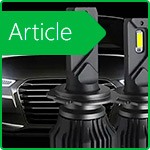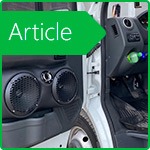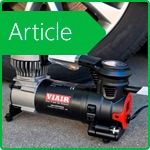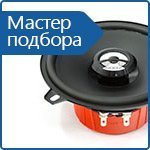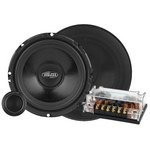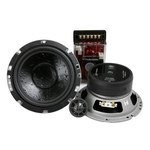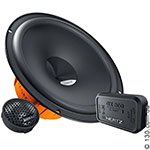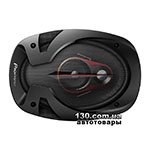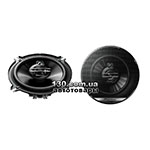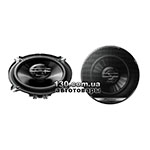Car audio: useful tips for beginners
You can create a speaker system in the car without special knowledge. However, beginners should definitely consider some important points that will help them do everything right and achieve the desired effect.
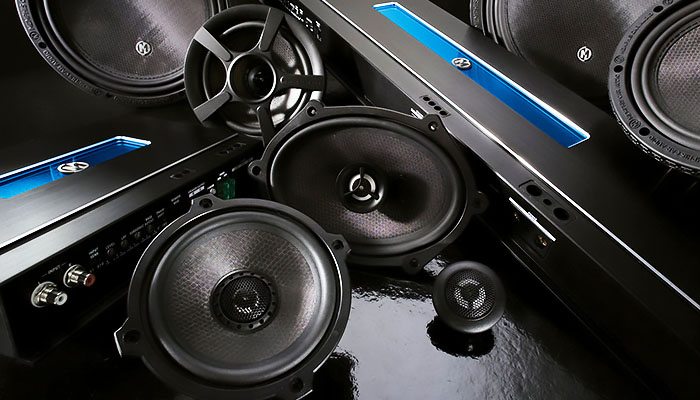
Nutrition
The construction of any audio system must begin from this point, otherwise voltage drops will negatively affect the sound quality. If you are going to mount a non-super powerful system, you can install a special drive. This is certainly not a panacea, but it will help protect the battery from quick and frequent discharge, and will also smooth out voltage fluctuations. If you are installing very powerful acoustic equipment that requires a lot of energy, then experienced experts recommend installing an additional battery. Carefully choose the power wires, they are not worth saving, copper wires with a large cross-section are recommended.
Many newcomers pay little attention to this moment, they’ve connected, everything works. It is not right. Even if you install expensive branded acoustics and a powerful high-class sound amplifier, the speakers will never play high quality with poor power.
Volume
All manufacturers specify 2 power parameters for their speakers: nominal and peak power. And here you need to understand that the nominal-this is the real working power of acoustics, and the peak is just a marketing ploy. If you apply power at the peak level from the amplifier, the speaker may even burn out.
To determine which speakers will play louder, you need to look not at Watts, but at a parameter such as sensitivity. After all, the volume is just measured in decibels. For conventional coaxial acoustics, 89-90 dB is sufficient. Anything above 97 dB is already a variety of options. Please note that sensitivity is a vector quantity, and a difference of only 10 dB will already give a volume increase of about 3 times. That is, a speaker with a power of 70 W and a sensitivity of 97 dB will play 2 times louder, a speaker with a power of 150 W and a sensitivity of only 89 dB.
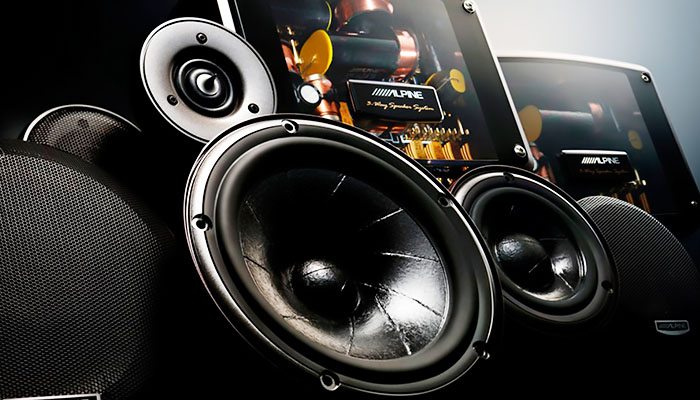
Selecting and tuning an amplifier
When choosing an amplifier in a car, you must first of all focus on the characteristics of the installed acoustics. We advise you to buy an amplifier taking into account that it has a rated power slightly higher than the rated power of the speakers. The greater the power of the amp, the better it will control the acoustics, and he himself will work with a margin without experiencing unnecessary overloads. It will also have a positive effect on sound quality.
Also, do not forget about the correct setting of the amplifier. Here you should adhere to the following scheme:
1) First, with the help of filters it is better to cut low and excessively high sound frequencies:
- for pop lpf lower to zero, hpf 200-250, the crossover is recommended to be switched to hpf mode;
- for midbass it is recommended to set lpf 60, hpf 80-125, set the crossover to full;
- for high-frequency lpf lower to 0, hpf 6000-8000, crossover switch to hpf mode;
- for the subwoofer, select the sabsonic level 20-25, lpf 35-50 (here, adjust to the port settings), set the crossover to lpf (low) mode.
2) Set the volume on the head unit to 80% and turn on the gain amplifier until distortion appears, that is, until you hear extraneous noise or wheezing. Then gradually turn the gain control in the opposite direction until you hear absolutely clear sound. As you can see, nothing complicated.
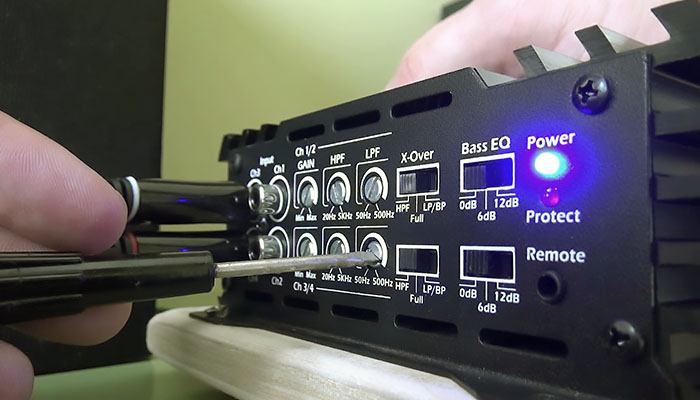
Head unit
Naturally, the sound quality strongly depends on the head unit installed in the car. Therefore, if you want to get a good result, you should not save on the radio. After all, it is obvious that one should not expect super sound from cheap Chinese devices. It is better to choose products from well-known brands, such as Alpine or Pioneer. These companies are rightfully considered one of the leaders among the prmanufacturers of automotive audio and multimedia devices.
If your goal is to get high-quality sound, then we recommend you buy a high-quality processor device. With such a radio, you will have very wide possibilities for adjusting the sound. In this case, it will be possible to adjust the parameters of each element of the speaker system channel-by-channel, independently of each other, and to set for each its own range of reproduced frequencies. That is, the setting will be as thin and precise as possible, you can take into account the personal preferences of the listener as much as possible and get the perfect sound.
Rules for placing acoustic components in the passenger compartment
Naturally, before proceeding with the installation of various audio components, everything must be carefully considered. Experienced craftsmen give tips on how to properly organize the acoustic scene and place various components in the car so that they work smoothly, do not interfere with each other and provide good sound.
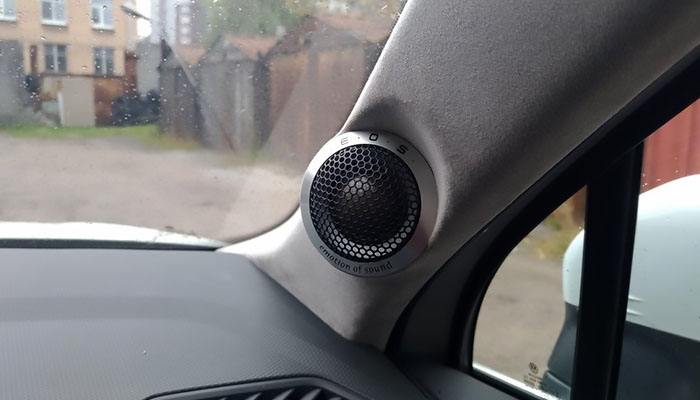
Tweeters
High frequencies have a short wavelength, which contributes to their very good penetration. At the same time, they also fade pretty quickly, but since we are talking about a small area and limited space of the cabin, this fact can be neglected. Installing two tweeters is enough for a car. They do not require large power-it is enough to bring about 10-15 watts per channel. It is recommended to mount the speakers in the front struts at a height that corresponds to the level of the listener's head.
Since in the cabin passengers and the driver are not at a distance equidistant from the tweeters from the speakers, it is not recommended to direct them directly to the listener. In this case, he will only hear the near emitter, and the far one he may consider inoperative, since he will not be heard. It’s best to direct the sound from the tweeters to the windshield, it reflects the tweeter well, aligning the distance to the listener.
Experienced masters do not recommend installing tweeters from behind, so you can ruin the sound. The front will be enough.
High midrange acoustics
The speakers operating in this range carry the main information load and are very important in creating a sound stage. They are best set so that the axes of the speakers converge at the level of the listener's head in the area of the gearshift lever. Please note that there should not be any obstacles between the speakers and the listener. Of course, other options are allowed, at the discretion of the listener. The required power for such speakers is usually about 15-30 watts. But much depends on the specific model of acoustics and its parameters, be sure to look at the technical specifications of the installed speakers.
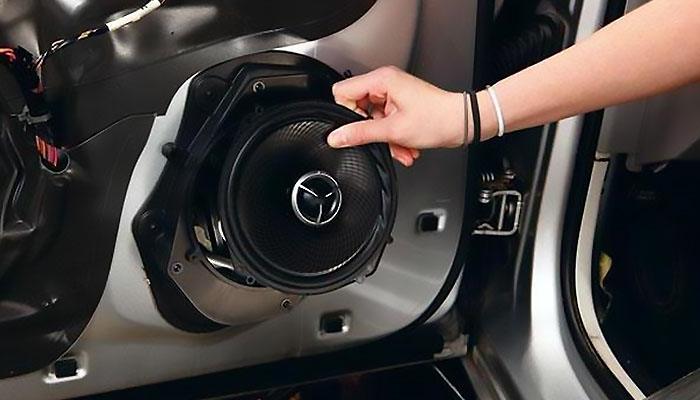
Low midrange acoustics
These speakers are also called mid-bass. The directionality of sound for acoustics in this range is no longer so relevant. Such speakers can be placed in the cabin both front and rear. They can be duplicated, that is, installed both on the front and on the rear. Due to this duplication, you can achieve a stable and detailed sound even at low volume. Moreover, this does not distort the parameters of the sound stage in the cabin. Please note that in order for the mid-bass to produce a clear and clear sound, proper design and reliable fastening are important. In addition, they already need more power-up to 50-75 watts per channel. Therefore, one cannot do without an external amplifier, it is not worth connecting the mid-bass directly to the head unit. Its power will be small, that is, you will not be able to reveal all the possibilities of such speakers, and only spend time and money.
As you can see, nothing is difficult. The main thing is to adhere to simple recommendations, and then anyone can cope with the selection and installation of speakers and audio equipment in their car. You want to buy acoustics for a car in Kiev, Kharkov or Odessa? Then in the online store 130.com.ua you will find everything you need.
Material on the topic:
Car acoustics: Best Sellers

Stay tuned for updates!
Subscribe to our Telegram channel and be the first to receive useful materials.
Subscribe









